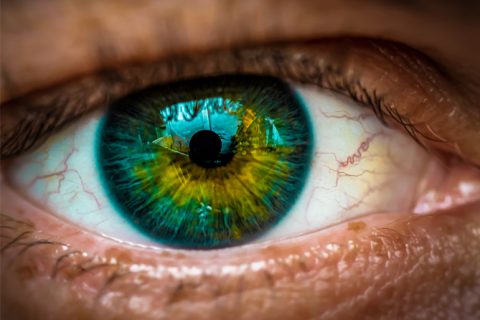Unveiling the Shadows: A Guide to Retinal Detachment Treatment
Deep within the human eye, nestled against the back wall, lies the retina, a delicate tapestry of light-sensitive cells responsible for translating the world into vision. When this vital layer separates from its underlying support tissue, a condition known as retinal detachment casts a shadow over sight, threatening its very essence. But amidst the darkness, hope shines through, for a spectrum of treatments stands ready to restore the retina’s rightful place and illuminate the path towards visual recovery.
Unveiling the Threat: Recognizing the Early Shadows
Retinal detachment often tiptoes in silently, masking its initial presence with subtle cues that can easily be overlooked. However, vigilance is key, as early detection and swift intervention hold the power to turn the tide against vision loss. Be on the lookout for these telltale signs:
• Floaters: A dance of dark spots, cobwebs, or thread-like wisps flitting across your field of vision, casting fleeting shadows on your sight.
• Flashes of light: Brief, unexpected flares of light in your peripheral vision, mimicking fleeting camera flashes.
• Blurred vision: A gradual or sudden decline in visual clarity, like peering through a fogged lens.
• Loss of vision: Blind spots or areas of missing vision begin to encroach, stealing glimpses of your surroundings.
• Curtain effect: A dark shadow or curtain descending across your field of vision, indicating a more advanced detachment.
Diagnosing the Shadows: Unveiling the Extent of the Threat
Once the whispers of symptoms echo, seeking the expertise of an ophthalmologist becomes paramount. Through a comprehensive examination, including dilated funduscopy and other assessments, the diagnosis of retinal detachment is confirmed, and its type and severity are unveiled. Three main types stand guard:
• Rhegmatogenous: Tears or holes in the retina allow fluid to seep under, lifting it away from its support.
• Tractional: Scar tissue from previous eye conditions pulls on the retina, causing it to detach.
• Exudative: Leakage of fluid from blood vessels or inflammation accumulates under the retina, pushing it away.
Repelling the Shadows: A Spectrum of Treatment Options
The arsenal against retinal detachment boasts a range of treatments, each meticulously tailored to the specific stage and severity of the disease. Early detection and swift action are crucial for preserving vision.
• Laser therapy: A targeted beam of light seals leaking blood vessels or destroys abnormal ones, preventing further fluid accumulation and retinal detachment.
• Pneumatic retinopexy: Air or gas bubbles are injected into the vitreous humor (the gel filling the eye) to push the detached retina back against its underlying support tissue. This is often followed by laser therapy to prevent future detachments.
• Scleral buckle: A flexible band is placed around the outside of the eye to indent the sclera (the white outer layer) and push the detached retina back into place.
• Vitrectomy: In more advanced cases, this surgical procedure removes blood or scar tissue from the vitreous humor and reattaches the retina to its underlying support tissue.
Navigating the Healing Journey: Embracing the Light After the Shadows
The path to recovery after retinal detachment treatment is unique for each individual. However, some general steps pave the way for healing:
• Post-operative care: Following the doctor’s instructions regarding medication, eye drops, and activity restrictions is essential for optimal healing.
• Regular follow-up appointments: Monitoring progress and ensuring optimal healing requires regular check-ups with your ophthalmologist.
• Protecting your eyes: Wearing sunglasses and avoiding activities that could increase eye pressure are crucial for preventing future detachments.
• Managing underlying conditions: Addressing any underlying medical conditions that contributed to the retinal detachment, such as diabetes or high blood pressure, is vital for preventing future occurrences.
Retinal detachment, once a formidable foe, now yields to the power of knowledge and proactive care. Early diagnosis, vigilant monitoring, and timely treatment offer a beacon of hope, preserving precious vision and illuminating a brighter future for millions. Remember, you are not alone in this journey; empower yourself with information, and seek support from healthcare professionals and patient communities. Together, we can turn the tide against retinal detachment and safeguard the gift of sight.
The realm of retinal detachment treatment is constantly evolving, with ongoing research paving the way for even more effective interventions. Gene therapy, stem cell therapy, and advanced laser technologies hold the promise of minimally invasive and potentially transformative solutions in the future.


